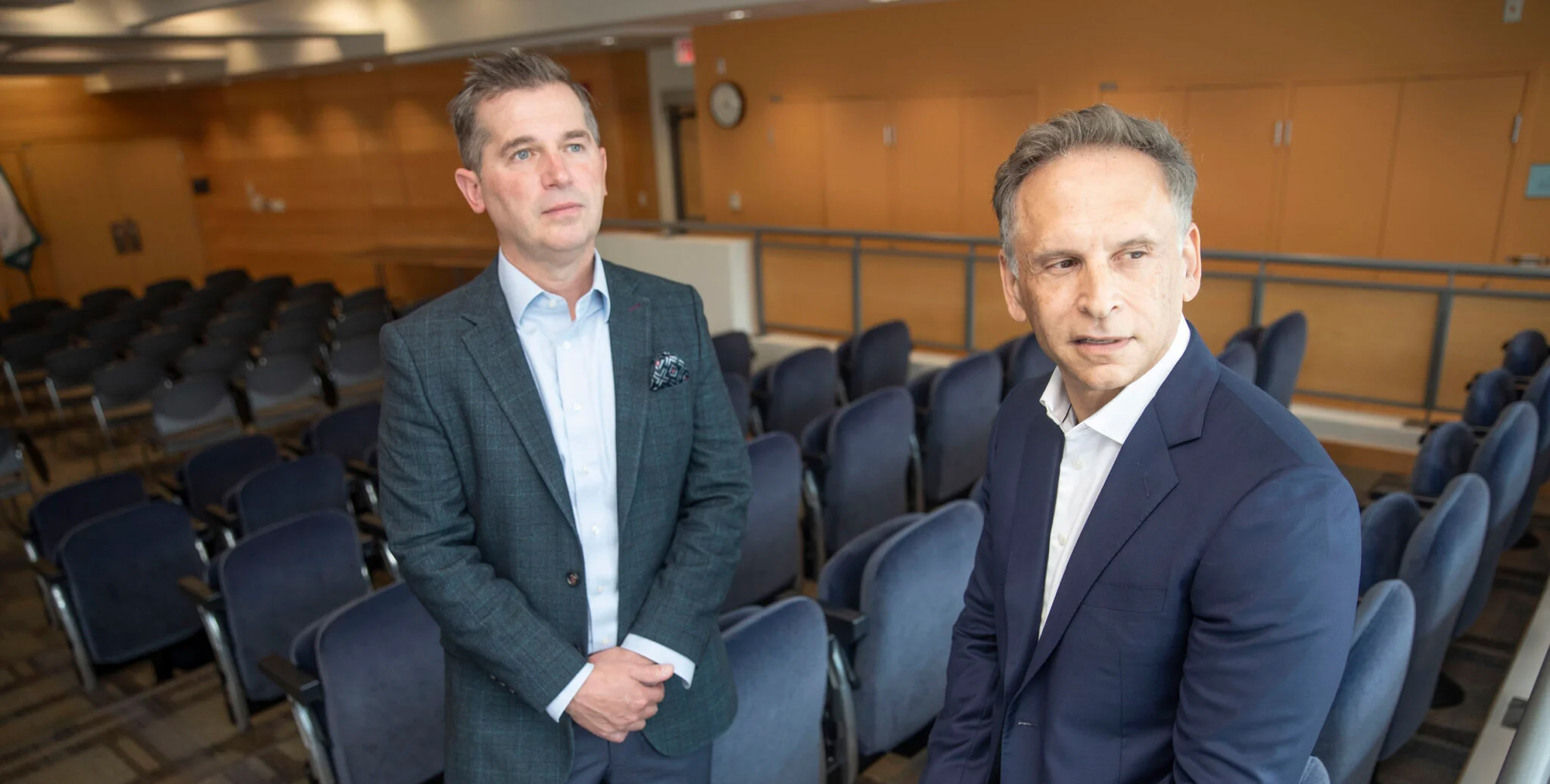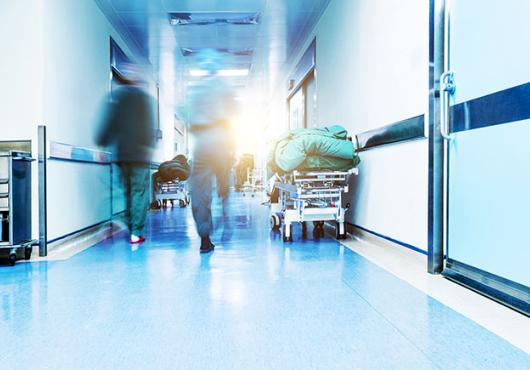
At a glance:
- Last year saw a record high number of suicide deaths in the U.S.
- New suicide prevention center developing, deploying tools to help find and treat those most at risk.
- Machine learning tools can help triage patients for most appropriate care.
At least 49,449 Americans took their own lives in 2022, according to the Centers for Disease Control and Prevention, setting an annual record for suicides in the United States.
“It’s now the second-leading cause of death among young people,” said Jordan Smoller, the Jerrold F. Rosenbaum Endowed Chair in Psychiatry at Massachusetts General Hospital and a professor of psychiatry at Harvard Medical School. “Suicide rates have increased 35 percent over the past two decades.”
Researchers like Matthew Nock, the Edgar Pierce Professor of Psychology at Harvard, have made significant strides in identifying risk factors and effective prevention strategies. “But there’s a pressing need to bring these things into clinical practice and really start to bend the curve,” Smoller said.
Working to fast-track the most promising interventions is the Center for Suicide Research and Prevention at Harvard and MGH, launched last month with the help of a $17 million grant from the National Institute of Mental Health.
“The mission is to use recent innovations in suicide science to propose and test improvements in how suicidal patients are identified and treated,” said Nock, who also chairs Harvard’s psychology department. He and Smoller will serve as co-directors of the new initiative.
Preventing suicides
Much of the center’s initial work will happen within hospital systems, which Smoller described as “crucial venues for prevention.” About half of all people who die by suicide in the U.S. visit a health care provider in the month before death. Approximately 40 percent visit an emergency department during the 12 months prior to their death.
“We don’t have to go out looking for these folks,” Nock noted. “They’re self-identifying. What we don’t know is which people coming through our clinics are most at risk.”
Artificial-intelligence guided care
Over the past several years, Nock and Smoller have partnered with colleagues to develop and test a machine-learning tool for assessing suicide risk in patients seeking emergency care at Mass General. The results were published last year in JAMA Network Open.
“We found we can identify which patients are most at risk for suicide with a much higher degree of accuracy than clinicians can do on their own,” Nock summarized.
Next up: Deploying the new center’s resources to test the effect of providing the algorithm to hospital clinicians. As demand for psychiatric care soars, Nock hopes the technology will assist emergency physicians in determining who to admit and who can be treated at home. If suicides drop, he added, the center will work to implement the tool at more hospitals.
“Suicide rates have increased 35 percent over the past two decades.”
Jordan Smoller





